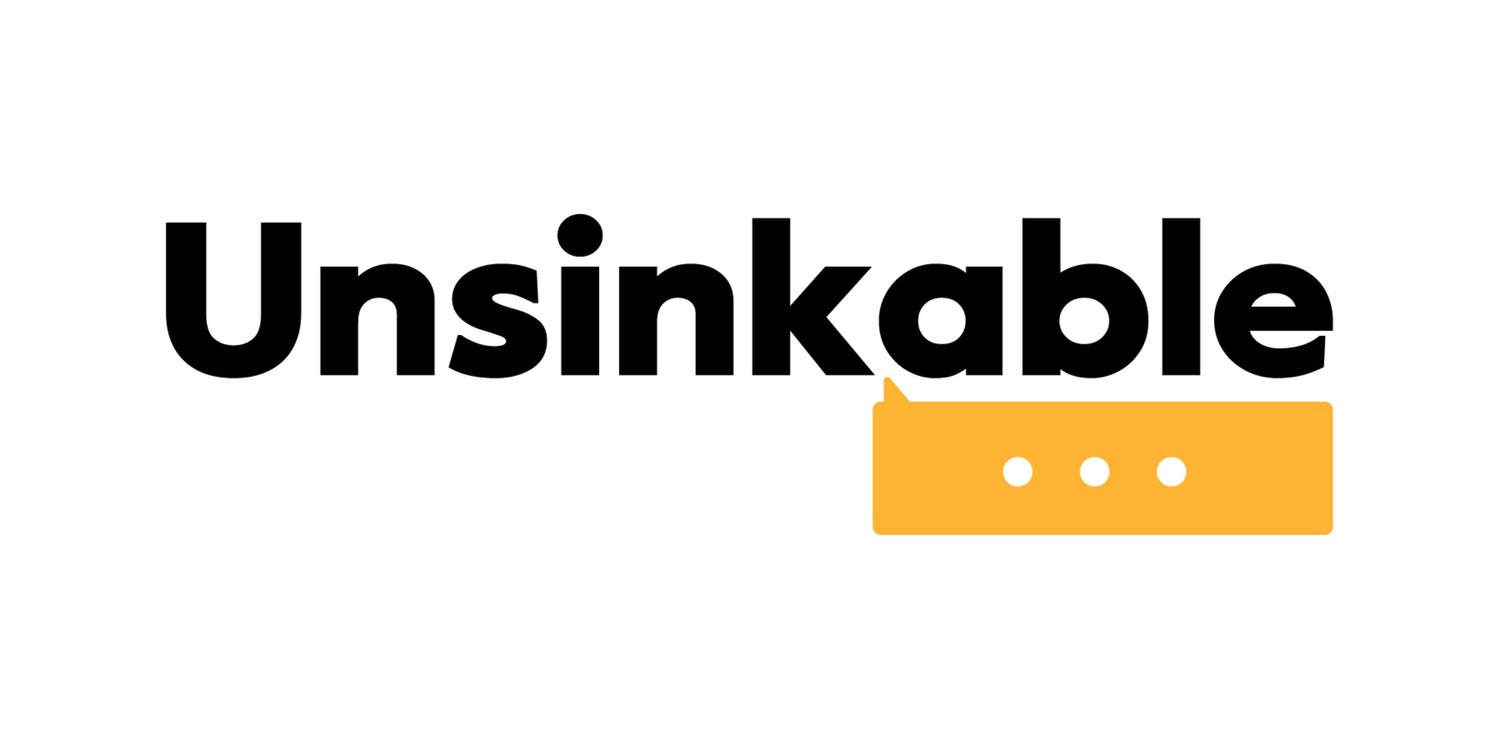The Self-Care Plan: More Than Mere Safety
TW: SI. This story discusses varying mental health including suicidal ideation. We invite our community members to read our Unsinkable story if it’s the right time for them. If you need support, our friends at Crisis Text Line and Better Help are here for you.
💛
Very early in my healing, I spoke to my mental health supports about a safety plan. I knew that my mental health was precarious and I needed that support. Together, we created a simple safety plan that gave me a semblance of comfort. Over time, though, I grew disenchanted with it. Too often I found that when I most needed it, in times of distress, I forgot the plan existed. Something needed to be done. My solution was to transform the safety plan into a daily tool, the Self-Care Plan. I believe that everyone should have one. Not a crisis plan or a safety plan used only when danger to oneself is imminent but a Plan that promotes your self-care in good times and in bad. A Plan that, by using it in good times, becomes a habit making it easier to rely upon when times inevitably get worse.
We know that it's notoriously difficult to shift poor moods. They like to stick around. As they worsen, cognitive impairment often grows. This makes those times problematic when trying to devise solutions. So, it's common practice to make safety or crisis plans when the mood is better. This only makes sense. What makes less sense, though, is how we devise those plans or put them to use. Why must a safety or crisis plan be only about those issues? Why can't it be more encompassing, more available when we are well? And why must we wait until we're in crisis or our safety is in peril to put a plan to use? Why can't we use it more often and transform it into a self-care tool? That's what I've tried to do. On my blog and pinned tweet, I share the current version of my Self-Care Plan. I say current version for my Plan is a living document, undergoing constant revision as I learn of, and adopt, new tools. I'm revising it even now as I learn some DBT tools and concepts.
The Plan I've devised helps me in all sorts of situations. It provides a step-by-step protocol for me to follow to better my mental health. The first steps, to breathe and relax, are things I do many times over the course of a day. Those pauses are mini-vacations that take me out of the clamour of my mind and place me into the now. I can take these pauses in good times and bad. In fact, they're so frequent they've become a welcome habit. My Plan includes passive and active distractions like watching tv or practicing mindfulness meditation. Again, things that can be accommodated regardless of mood. One thing I'm adding to my Plan is journaling, specifically, gratitude journaling. Each morning and evening I pause and find things that I'm grateful for. I meditate upon these things, bringing an event or an item into my mind's eye. I concentrate on it, embracing the gratitude and the warmth that it brings. The practice sets up my day and reminds me that even in my most troubling times there’s something for me to be grateful for. Now, all of this is well and good. My Plan works when I'm well. Does it work, though, when I'm in crisis and my safety is in jeopardy? The answer is yes.
The graduated nature of my Plan includes steps to be taken as discomfort grows. And, since my discomfort is often accompanied by the cognitive impairment I mentioned earlier, these steps help me respond without forgetting something critical to my safety. Let me give you an all too real example. In February I moved into a new apartment. On the day of my move, just after the movers had gone, I was triggered. The stress of the move and my depressed state of mind at that time meant I was vulnerable to that trigger. I immediately spiralled down into suicidal ideation. I was deep into a crisis. My thoughts were harsh, vile, plotting my demise. Something had to be done, and done quickly. I turned to my Plan (doing that was now a habit) and went through a quick checklist: breathe and relax? too late; passive distraction? not enough; active distraction? possible but proving too difficult; call a support? yes, I'll call a friend! So I did. I called a friend and we spoke. We allowed time to pass, for those vile thoughts to fade, for the danger to subside.
The next day I followed up by calling additional supports, alerting them to my state of mind. My life was saved. Saved, I believe, because I'd made a habit of turning to my Self-Care Plan in good times and in bad. By doing this, it became more than just a safety or crisis plan. It became a daily self-care tool. I encourage you to create your own Plan. Make it something that grows as you grow, something that promotes and elevates your self-care. Make it readily accessible to you, and make it a habit to use. If you do, you’ll find, as I did, that it can save your life.
Feeling inspired? Connect with John here:
Blog: rightingtheship.ca
Twitter: @rightingtheshi1
Unsinkable Storytelling Author: John Dickson
